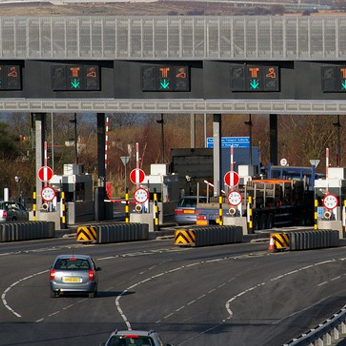Low Frequency RFID
Low Frequency RFID tags operate at 125 KHz and 134.2 KHz. The tags are governed by ISO 11784/85, ISO 14223, and ISO/IEC 18000-2. Low frequency tags have a long wave-length and are better able to penetrate thin metallic substances. LF tags are ideal for reading objects with high liquid contents, such as livestock, fruits and vegetables, beverages etc but the read range is limited to few centimeters. Typical LF RFID applications include access control, livestock tracking & identification, cylinder tracking, asset tracking etc.




